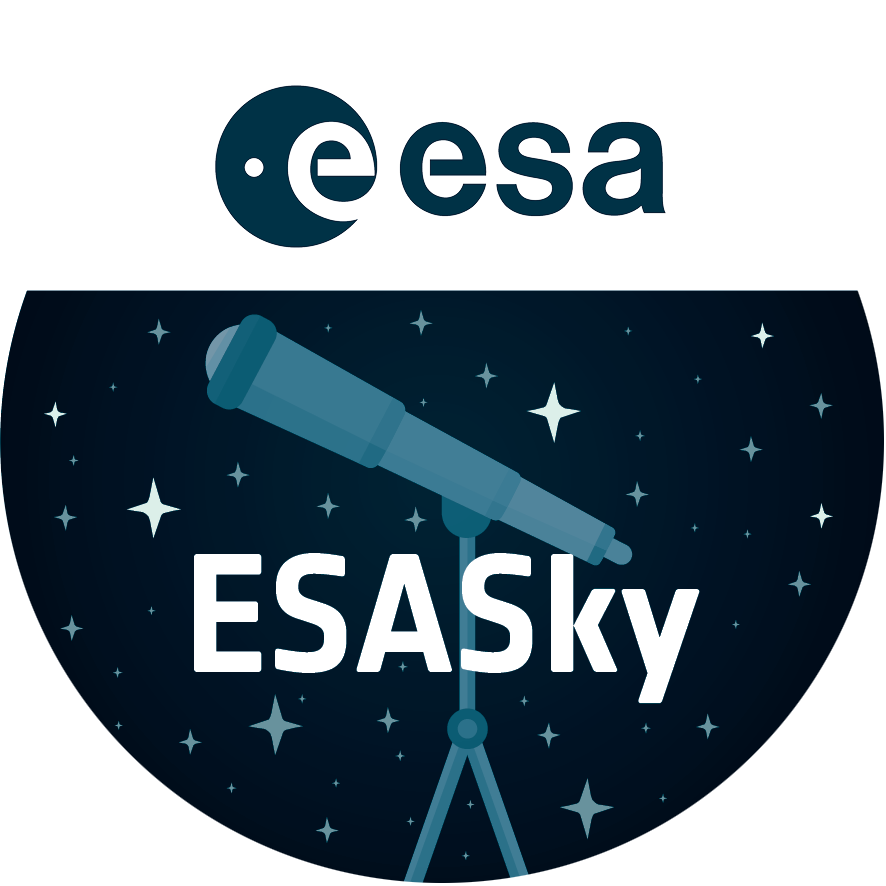Intracluster light in Abell S1063
Abell S1063, a galaxy cluster, was observed by the NASA/ESA Hubble Space Telescope as part of the Frontier Fields programme. The huge mass of the cluster — containing both baryonic matter and dark matter — acts as cosmic magnification glass and deforms objects behind it. In the past astronomers used this gravitational lensing effect to calculate the distribution of dark matter in galaxy clusters.
A more accurate and faster way, however, is to study the intracluster light (visible in blue), which follows the distribution of dark matter.
Credit:NASA, ESA, and M. Montes (University of New South Wales, Sydney, Australia)
About the Image
| Id: | heic1820a |
|---|---|
| Type: | Observation |
| Release date: | 20 December 2018, 16:00 |
| Related releases: | heic1820 |
| Size: | 3213 x 3600 px |
About the Object
| Name: | Abell S1063 |
|---|---|
| Type: | Early Universe : Galaxy : Grouping : Cluster |
| Constellation: | Grus |
| Category: | Galaxies |
Classic Wallpapers
Coordinates
| Position (RA): | 22 48 44.44 |
|---|---|
| Position (Dec): | -44° 31' 48.21" |
| Field of view: | 2.08 x 2.33 arcminutes |
| Orientation: | North is 7.3° right of vertical |
Colours & filters
| Band | Wavelength | Telescope |
|---|---|---|
| Optical B | 435 nm |
Hubble Space Telescope
ACS |
| Optical V | 606 nm |
Hubble Space Telescope
ACS |
| Optical I | 814 nm |
Hubble Space Telescope
ACS |
| Infrared Z | 1.05 μm |
Hubble Space Telescope
WFC3 |
| Infrared H | 1.6 μm |
Hubble Space Telescope
WFC3 |
| Infrared J | 1.25 μm |
Hubble Space Telescope
WFC3 |
| Infrared J/H | 1.4 μm |
Hubble Space Telescope
WFC3 |


